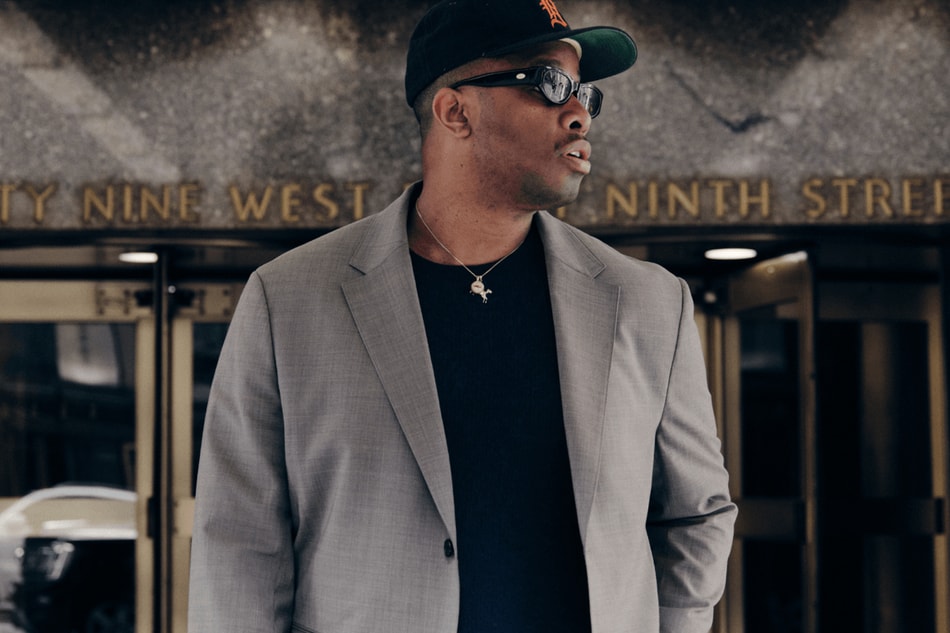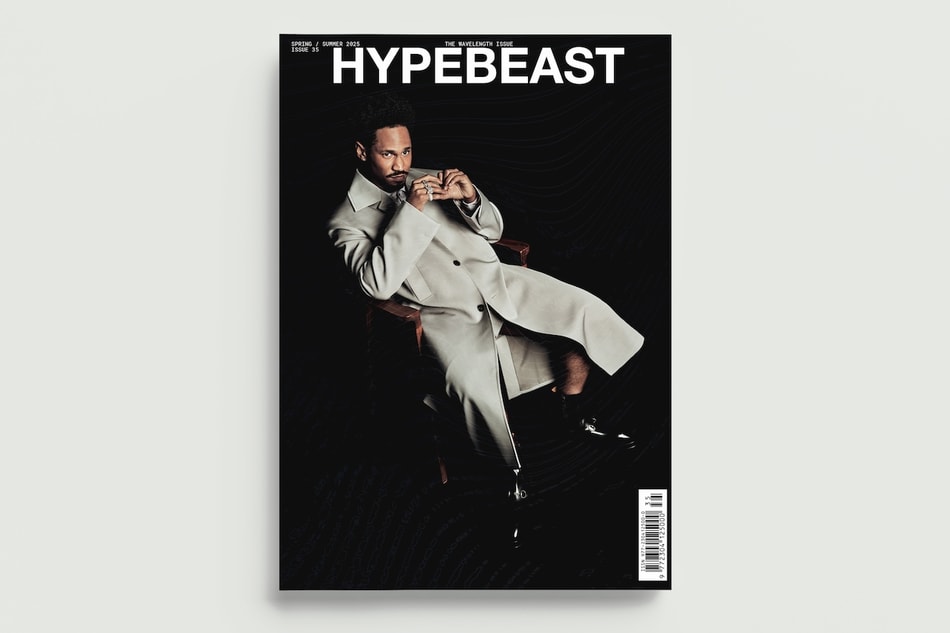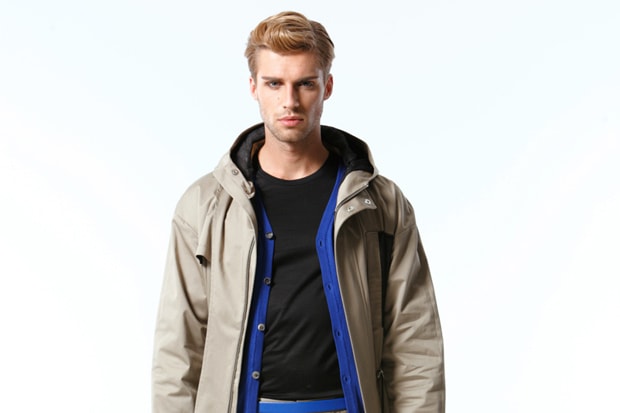PROCESS: The 5oz. Espresso and Milk by Handsome Coffee
Handsome Coffee Roasters recently gave us a detailed tour of their headquarters in the Arts District of downtown Los Angeles. The sleek Scandinavian interior, courtesy of WoodSmithe, combines hardcore utility with minimalist design to provide accessible hospitality and uncompromising product quality to the coffee-drinking masses. The caffeine maestros kindly explained their tricked out facilities and ancient craft, expounding on the loving process to brew that perfectly blended cup of coffee. From the delivery of the beans to that Handsome coffee, here’s a clear view of how they do it–without nonfat or low-fat dairy choices, sweeteners, WiFi or tea.
Handsome Coffee Roasters recently gave us a detailed tour of their headquarters in the Arts District of downtown Los Angeles. The sleek Scandinavian interior, courtesy of WoodSmithe, combines hardcore utility with minimalist design to provide accessible hospitality and uncompromising product quality to the coffee-drinking masses. The caffeine maestros kindly explained their tricked out facilities and ancient craft, expounding on the loving process to brew that perfectly blended cup of coffee. From the delivery of the beans to that Handsome coffee, here’s a clear view of how they do it–without nonfat or low-fat dairy choices, sweeteners, WiFi or tea.
Photography: Brandon Shigeta/HYPEBEAST
Steps
- 01 Warehouse
- 02 Roasting Room
- 03 Coffee Bar

A Jute bag of Colombia Coffee, each containing approximately 150 lbs of beans.

Weighing out a specific batch size of the coffee that works best with our roaster, which in this case is 40 lbs.

Coffee arrives to us unroasted and green in color, it is the roasting process that turns the bean brown.

The batch of green coffee is dropped into the roaster and we monitor the roast profile by tracking temperature throughout the process. This helps keep us informed on the heat and airflow.

By pulling out the trier periodically throughout the roast we can visually evaluate the coffee’s progress via changes in color.

Once the coffee is at the end of the roast, the door is opened allowing the beans to spill down into the cooling tray. Roast times vary between 12 and 14 minutes.

The coffee is then stirred in a tray while a fan beneath it draws cool air through. Without this rapid cool down the beans would continue to roast.

Our Scout’s Honor Espresso Blend is a combination of two coffees, the Los Naranjos and the Abakundakawa. These are blended together only after they have been roasted.


We only use a coffee for espresso within a certain range of days after roast (6-12 days). This time frame provides the best product.

We also allow different bags of the same coffee to “rest” together in a larger bin. This helps them to all equalize and react more consistently when extracted.

The coffee is loaded into the hopper of the espresso grinder.

We conduct hourly cleanings of the espresso machine all day long to make sure there are no “off” flavors that develop from coffee oils lingering in the high heat environment.

Coffee is ground fresh to order in a clean and dry portafilter. Great care is taken to make sure the weight of the serving is precisely 18 grams and it is evenly distributed in the basket.

The coffee is then gently and evenly tamped (pressed down) into the basket of the portafilter.

The portafilter is then locked into the group head and the machine motor activated creating a high level of pressure (approximately 120 lbs) to push a stream of water at 200 degree Fahrenheit through the coffee.

The cup is placed atop a scale that measures down to the 1/10th of a gram allowing us to watch the weight of the shot to make sure it stays on track. We aim for 28 grams.

A proper amount of milk is measured out into a steaming pitcher.

The milk is then steamed in a fashion that creates a very fine texture of froth with a specific temperature that highlights the milk’s natural sweetness.

If the shot is good and the milk has achieved the proper texture you can then pour the milk into the espresso in a fashion that allows the barista to create patterns known as latte art.

These drinks are best enjoyed immediately and often… cheers.
















